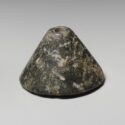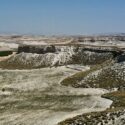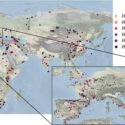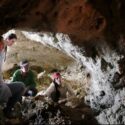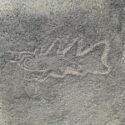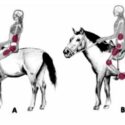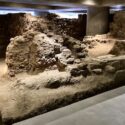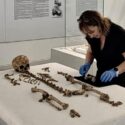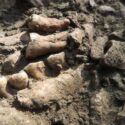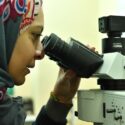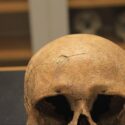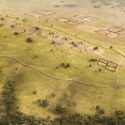Exploring the evidence for ancient Aegean textile production during the Bronze Age.
Deep Time Spaniards
Prehistoric sites in Spain are informing a shifting paradigm of human evolution and dispersal.
Underwater caves yield new clues about Sicily’s first residents
Findings may help explain early expansion of Homo sapiens into the Mediterranean islands.
The City Under the Museum: A Pictorial
An excavated plot preserved beneath the Acropolis Museum in Athens has revealed remarkable ancient remains of a large urban community.
Ancient DNA from Rapa Nui (Easter Island) refutes best-selling population collapse theory
Reveals pre-European contact with Indigenous Americans.
The Surprising Ways Inventions and Ideas Spread in Ancient Prehistory
You can learn a lot about humanity from the first technological revolutions of more than 10,000 years ago.
Keys to Building Human Bridges to the Past
Human technologies have continued to evolve exponentially since the end of the Paleolithic: today we are using them to learn more about the past.
The Roman siege of Masada lasted just a few weeks, not several years
Archaeologists at Tel Aviv University contest a widespread myth.
Political Collapse: Lessons From Fallen Empires
The conflictive political culture of the contemporary U.S. presents striking parallels to the conditions preceding civilization collapse of the past.
What a submerged ancient bridge discovered in a Spanish cave reveals about early human settlement
New study shows humans arrived in the western Mediterranean much earlier than previously believed.
Among Viking societies, Norway was much more violent than Denmark
Rates of violence in Viking Age societies were long believed to be comparable. New research challenges that assumption.
What role did fear play in Europe’s population growth?
Fear of conflict may have influenced the development of prehistoric European societies as much as the conflicts themselves, according to a recent study by the Complexity Science Hub (CSH).

